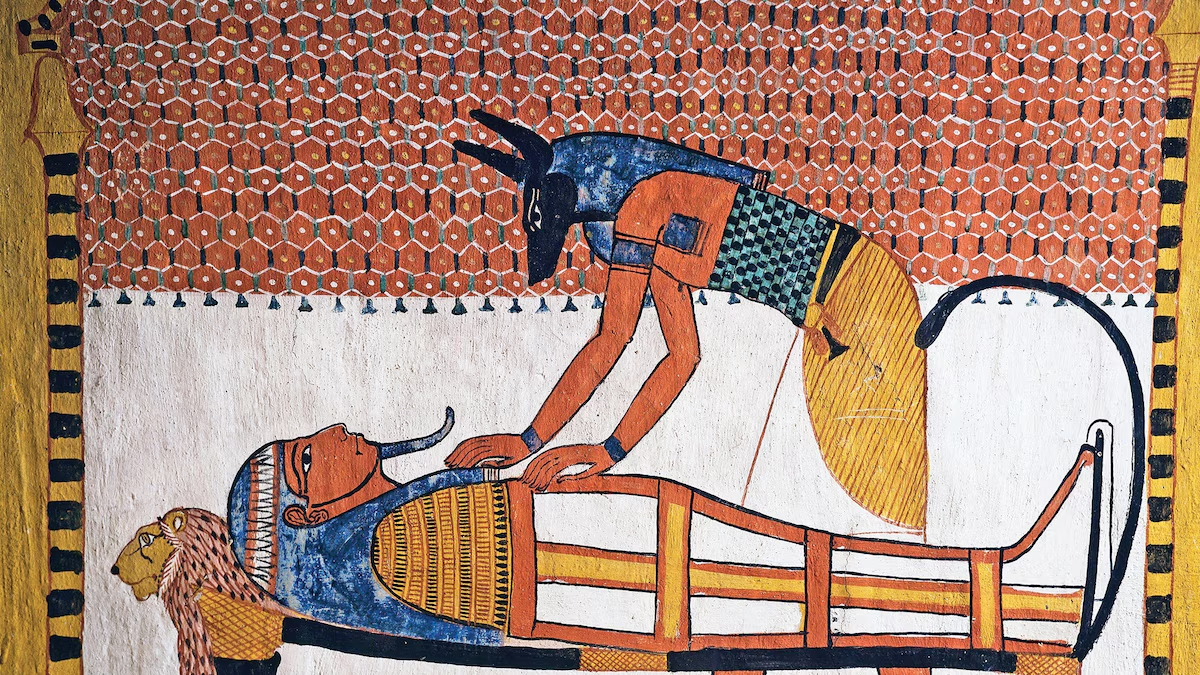
pasecrets.com – Nestled along the majestic Danube River, the Iron Gates region stands as a testament to Romania’s rich and complex history. This area, known for its breathtaking natural beauty, is also a treasure trove of archaeological sites that offer a glimpse into the lives of ancient civilizations that once thrived here. From the Dacians to the Romans, the Iron Gates have been a strategic and cultural crossroads for millennia.
The Dacian Fortresses: A Symbol of Ancient Resilience
One of the most striking features of the Iron Gates area is the series of Dacian fortresses that dot the landscape. These ancient fortifications, built by the Dacians between the 1st century BC and the 1st century AD, are a testament to the engineering skills and military prowess of this indigenous people. The most famous of these fortresses, such as Sarmizegetusa Regia, were not only centers of power but also cultural and religious hubs.
The Dacians, known for their fierce independence, used these fortresses to defend their territory against invaders, most notably the Roman Empire. The remains of these structures, with their strategic locations and sophisticated defensive systems, offer a fascinating insight into the life of a warrior society that once dominated the region.
The Roman Legacy: Integration and Infrastructure
After the conquest of Dacia by the Roman Emperor Trajan in AD 106, the Iron Gates region became an integral part of the Roman Empire. The Romans, known for their engineering skills, left an indelible mark on the area, transforming it into a key administrative and economic center.
The construction of roads, bridges, and fortifications facilitated trade and military movements, while the establishment of colonies brought Roman culture and lifestyle to the region. The ruins of Roman towns, such as Drobeta, and the remnants of Trajan’s Bridge, one of the most impressive engineering feats of the ancient world, are vivid reminders of the Roman legacy in the Iron Gates.
The Iron Gates and the Danube: A Crossroads of Civilizations
The Danube River, which flows through the Iron Gates, has been a vital artery for trade and communication since ancient times. The region’s strategic location at the crossroads of Europe has made it a melting pot of cultures and civilizations.
The river has not only been a pathway for conquest and migration but also a source of life and prosperity. The fertile lands along its banks have supported agriculture and fishing, while its waters have been used for transportation and trade. The Iron Gates, with their dramatic gorges and serene landscapes, have been a backdrop to the unfolding drama of human history along the Danube.
Exploring the Iron Gates Today
Today, the Iron Gates region is a popular destination for visitors who are eager to explore its rich history and natural beauty. Archaeological sites, museums, and national parks offer a variety of experiences for travelers. The Iron Gates National Park, with its stunning vistas and diverse wildlife, is a must-visit for nature lovers.
For history enthusiasts, guided tours of the Dacian fortresses and Roman ruins provide an opportunity to step back in time and imagine the lives of the people who once called this place home. The Iron Gates, with their enduring legacy, continue to captivate and inspire, serving as a bridge between the ancient past and the present.
In conclusion, the Iron Gates region of Romania is much more than a natural wonder; it is a living museum that tells the story of ancient civilizations. From the Dacian fortresses to the Roman ruins, the area offers a glimpse into a bygone era, inviting us to reflect on the enduring human spirit and the indelible marks we leave on the world.



